It’s not just about peace.
When people see the kanji character “和 (Wa)”, they often think it simply means “peace.”
But the story of Wa goes much deeper.
Its origins stretch back to ancient gatherings where music and people came together in harmony.
Over time, this single character grew to embody not only peace, but also balance, unity, and even the spirit of Japan itself.
The Origins of the Character
The kanji 和 is made of two parts:
- 口 (kuchi) — meaning “mouth” or “speech”
- 禾 (ine) — meaning “grain” or “rice plant”
When combined, the image suggests people gathered together, speaking and sharing food in harmony.
In ancient times, rice was more than food—it symbolized life, community, and celebration.
Festivals and rituals often included both rice and music, which created unity among people.
Because of this origin, 和 came to mean not only “peace” but also “balance, social unity, and harmony.”
A Historical Anchor: Prince Shōtoku’s Constitution
The importance of Wa as a foundational principle can be traced back some 1,400 years to Prince Shōtoku, a pivotal figure in early Japanese history.
In his “Seventeen-Article Constitution,” Japan’s first written code of law, the very first article begins with the famous declaration: “和を以て貴しと為す” (Wa o motte tōtoshi to nasu).
This translates to “Harmony is to be valued.”
It established the idea that avoiding conflict and respecting social harmony should be the highest ideal for the nation and its people.
This teaching became deeply ingrained in the bedrock of Japanese society and culture.
“Wa” as a Social Principle
This spirit of “Wa” is more than an abstract ideal; it actively shapes Japanese society.
- Group Harmony: In Japan, there is often a cultural emphasis on the well-being and harmony of the group over the prominence of the individual. In everything from business meetings to community activities, the process of building consensus and avoiding open confrontation is a direct expression of “Wa.” This value is even reflected in traditional spaces like the 和室 (washitsu), a Japanese-style room designed to foster calm and harmonious interaction.
- Consideration for Others: The spirit of “Wa” also fosters a deep sense of consideration for the feelings and positions of others. This is a core value that underlies the renowned Japanese culture of omotenashi, or wholehearted hospitality.
“Wa” in Aesthetics and Traditional Arts
The pursuit of “Wa” is also a central theme in Japanese aesthetics and traditional arts, where it often manifests as a harmony between humanity and nature.
This is seen in the general concept of 和風 (wafū), or “Japanese-style,” which prioritizes balance and natural beauty.
- Harmony with Nature: Arts like Japanese gardening (niwa), flower arranging (ikebana), and bonsai are not about controlling nature, but about creating beauty in partnership with it. This extends to crafts like 和紙 (washi), handmade paper valued for its use of natural fibers. Even 和食 (washoku), traditional Japanese cuisine, emphasizes the harmony of seasonal ingredients and balanced flavors.
- The Art of Harmony: The Japanese Tea Ceremony (sadō or chanoyu) is a comprehensive art form where every element—the host and guest, the utensils, the tea room, and the changing seasons—must exist in perfect harmony to achieve a moment of tranquil beauty. The ceremony itself is a meditation on the spirit of “Wa.”
How to Read “和” (Wa)
To fully appreciate its use, it’s helpful to know the character’s readings:
- On-yomi (Sino-Japanese readings)
- wa (ワ) — the common reading in compounds; e.g., washoku (和食, Japanese cuisine), washi (和紙, Japanese paper), heiwa (平和, peace).
- o (オ) — a rare reading found in set words; e.g., oshō (和尚, a Buddhist priest).
- Kun-yomi (native Japanese readings)
- yawaragu (やわらぐ) — to soften; to become gentle/calm.
- yawarageru (やわらげる) — to soften/soothe (transitive).
- nagomu (なごむ) — to become calm; to relax.
- nagoyaka (なごやか) — gentle; mild; amicable.
Closing
When you bring the kanji 和 (Wa) into your home, you are welcoming more than just “peace.”
You are inviting the deeper spirit of harmony, balance, and connection that has shaped Japanese culture for centuries.

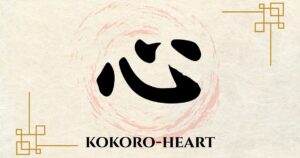
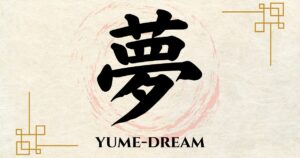
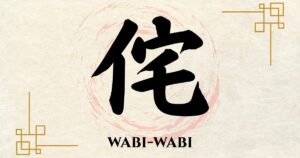
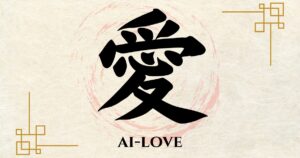
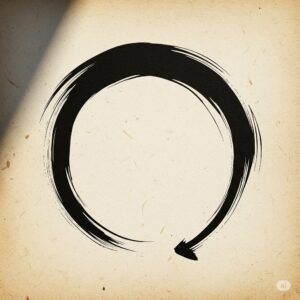
コメント